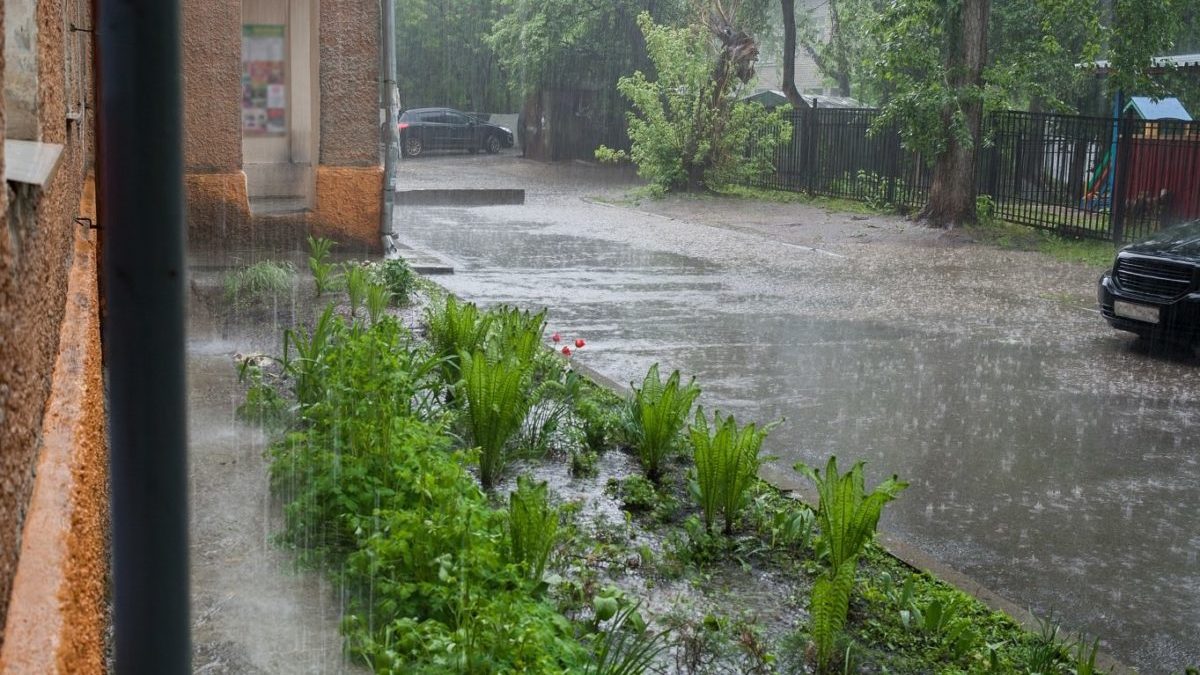
"Every year, melting snow piles and seasonal rain showers wreak havoc on your landscape. They wash away soil, rocks, and mulch. Or large amounts of water can pool, causing a mud-filled mess. Stormwater runoff also harms ecosystems, as it often carries pesticides and fertilizers into local wetlands and streams. There are even areas where legislation limits the use of impermeable surfaces on a property. Anything over this amount may result in fines."
"A berm is an excellent solution to this problem. Berms are slightly raised areas of land that can change the direction of water flow. They are often accompanied by a swale , which is an area of land that operates as a shallow vegetative gutter. By combining berms and swales, water can be absorbed in your yard or easily flow into a catchment that allows evaporation while providing a source of water for your plants."
Spring runoff from melting snow and seasonal rains causes soil erosion, loss of mulch and rocks, pooling, and mud in yards. Stormwater often carries pesticides and fertilizers into wetlands and streams and can trigger fines where impermeable surface limits apply. Water flowing toward buildings should be redirected away from foundations to prevent damage. Berms are raised landforms and swales are shallow vegetative gutters that redirect and absorb water; together they can channel water into catchments that allow evaporation and feed plants. Rain gardens suit low, pooling areas and provide natural filtration while enhancing yard appearance.
Read at Earth911
Unable to calculate read time
Collection
[
|
...
]